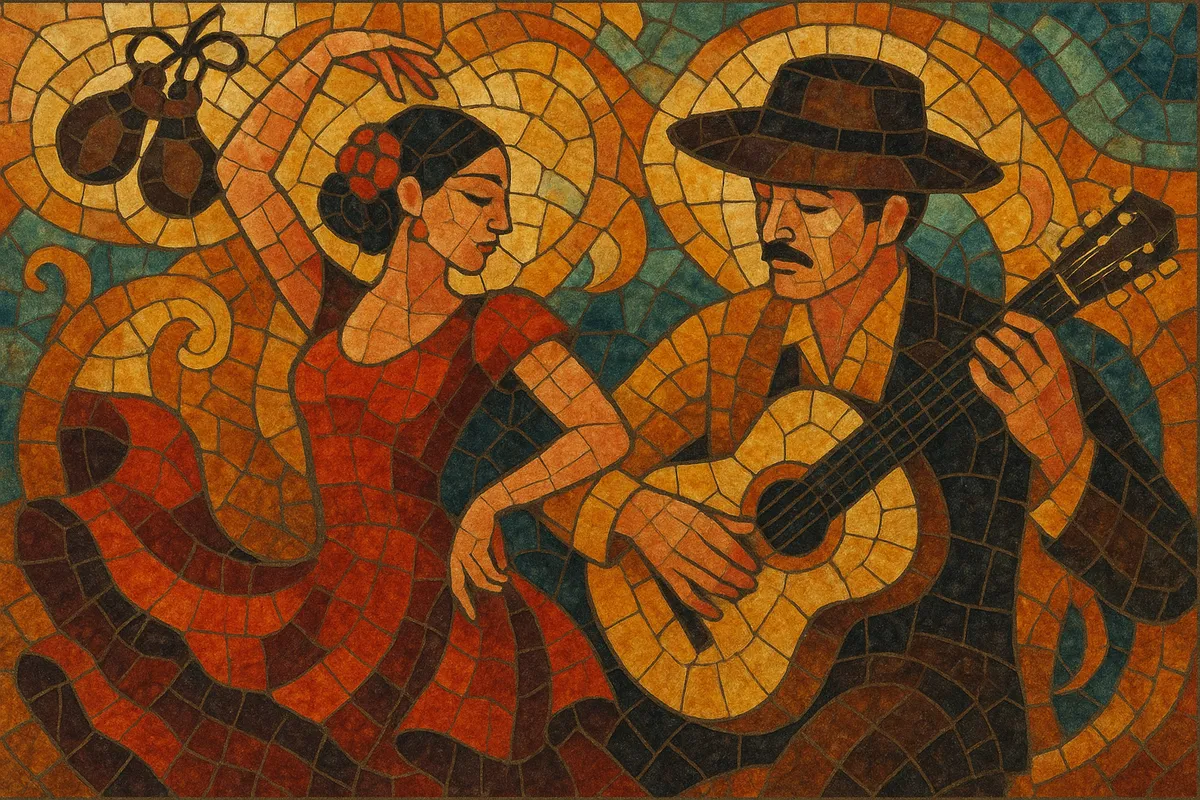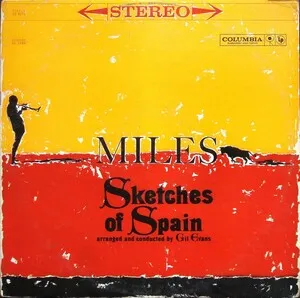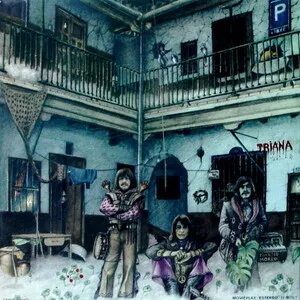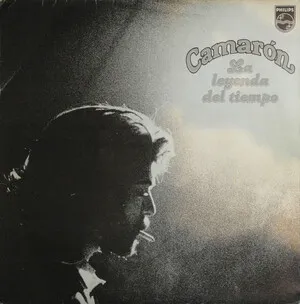Spanish music is an umbrella term for the diverse musical traditions and popular styles that originate in Spain. It spans folkloric and regional idioms (such as flamenco, sevillanas, jota, and Galician, Basque, and Catalan song), urban popular genres (copla, pasodoble, pop, rock), and a rich classical tradition (zarzuela and concert music) shaped by Iberian history.
Its sound world is marked by the legacy of Al‑Andalus and the Mediterranean: modal melodies (especially the Phrygian/"Andalusian" color), melismatic singing, intricate clapping (palmas), expressive guitar techniques, castanets, and dance-driven rhythms. At the same time, Spain’s sacred and courtly repertoires (medieval chant, Renaissance and Baroque polyphony) underpin a broader art‑music lineage that culminates in national classical styles of the 19th and 20th centuries.
Today the term covers both heritage practices (flamenco cante jondo, regional dances) and contemporary fusions (flamenco pop/urbano, indie, and rock), reflecting Spain’s multilingual cultures and ongoing dialogue with Europe, the Mediterranean, and Latin America.
Spain’s earliest documented traditions include sacred chant and courtly repertoires. Gregorian chant and medieval liturgical music flourished alongside vernacular song. The long period of Al‑Andalus (8th–15th centuries) left lasting modal, melodic, and poetic imprints through Arab‑Andalusian and Sephardic traditions. In the Renaissance and Baroque, Spain produced major sacred polyphony and court music, laying formal and harmonic foundations that would inform later genres.
During the 1800s, a wave of musical nationalism brought regional idioms onto concert and theater stages. Zarzuela (Spanish musical theatre) became a dominant urban form, while dances like pasodoble and stylized folk song entered salons and bands. In parallel, flamenco crystallized in Andalusia (especially via cafés cantantes), synthesizing Romani, Andalusian, Arab‑Andalusian, and folk elements into cante, toque (guitar), and baile.
The early recording industry spread copla and pasodoble nationwide. Classical composers such as Isaac Albéniz, Manuel de Falla, Enrique Granados, and Joaquín Rodrigo developed a concert repertoire infused with Spanish modes, rhythms, and guitar timbres. Mid‑century popular song navigated censorship while nurturing regional and folkloric currents; flamenco produced iconic singers and guitar innovators and branched into rumba flamenca and later nuevo flamenco.
After the 1970s, La Movida Madrileña energized pop/rock, while regional scenes diversified Spanish popular music. From the 1990s onward, artists fused flamenco with pop, rock, jazz, and, more recently, urbano (trap/reggaeton), creating global-facing sounds. Contemporary Spanish music remains a dialogue between heritage forms (flamenco, zarzuela, regional folk) and modern production, with multilingual lyrics (Spanish, Catalan, Galician, Basque) and international collaborations.








